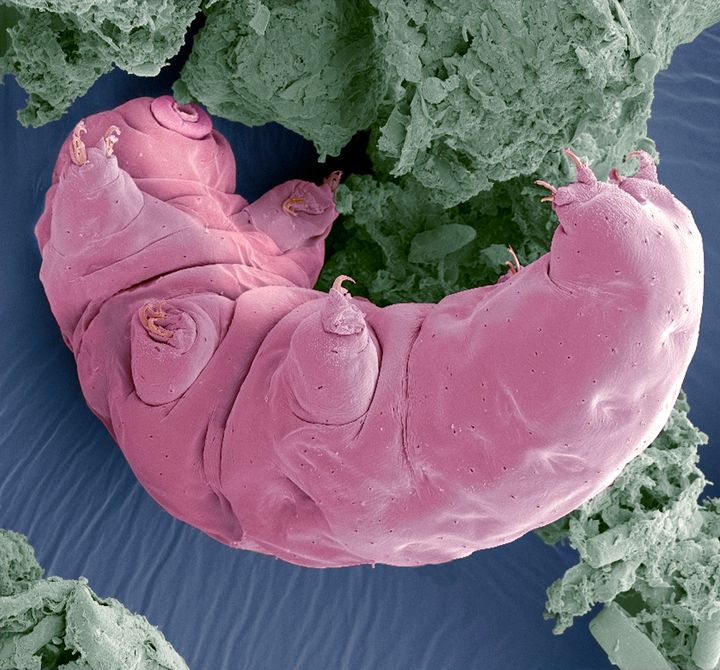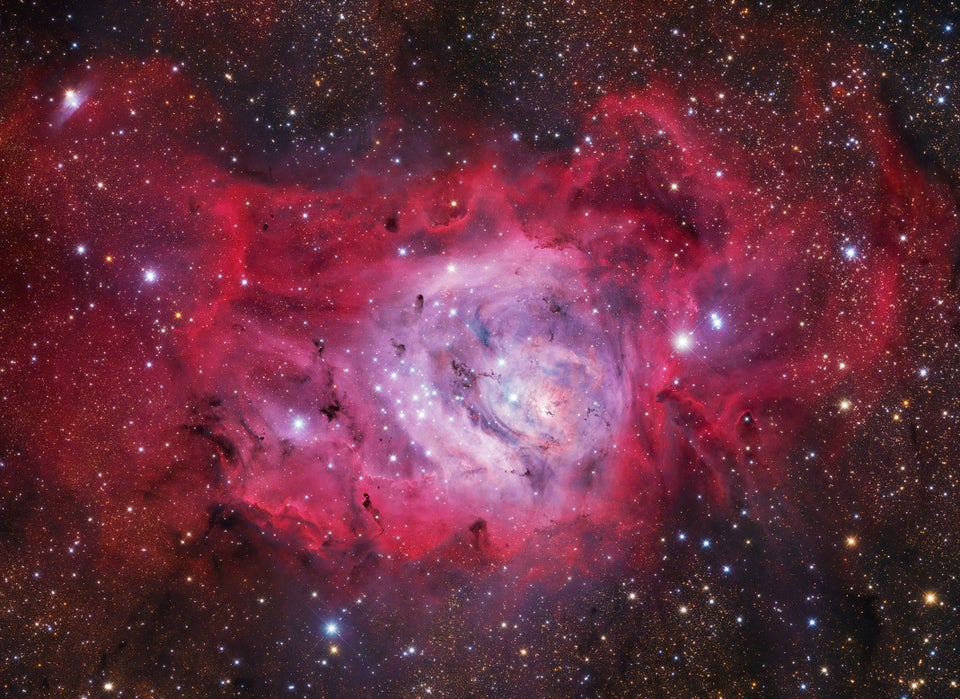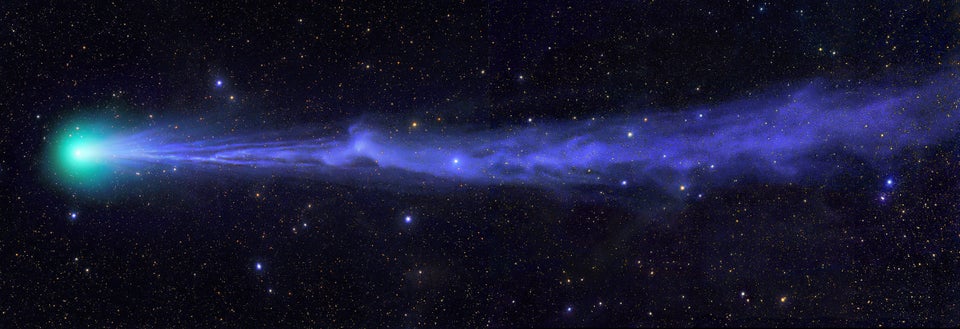The humble ‘water bear’ or tardigrade has a soft spot in the heart of any biology enthusiast simply because of its astonishing properties.
They can be frozen, put into space, boiled and yet still survive giving these little critters the rightly earned reputation of being indestructible.
While it was known to some degree how these microscopic creatures survived a new paper has shed light on the extreme lengths to which they actually go.

In the paper Molecular Cell, a group of researchers have discovered that tardigrades are able to replace all the liquids in their bodies with what can only be described as a form of glass matrix.
Their cells are then coated in this ‘bioglass’ which effectively suspends them, allowing the tardigrades to effectively freeze themselves in time.
Once water is reintroduced to the tardigrade the glass melts and the cells are reanimated.
This seemingly confirms a similar piece of research which identified the glass as a kind of protein.
In early 2016 scientists at the University of Tokyo used their findings to grow human cells which produce the same protein.
The cells were far better protected from X-Rays than those which had not been treated.
However, the tardigrade cells were more resistant still. Commenting on this finding, Prof Matthew Cobb from the University of Manchester told the BBC:
“[So] tardigrades have other tricks up their sleeves, which we have yet to identify.”The protein could have applications for humans as well one day protecting us from radiation, like X-rays or harmful UV light from the sun, the scientists say.They believe the cells could even be used to store and transport human cells, during skin grafts for example.
Earlier this year, scientists defrosted two tardigrades which had been frozen for more than 30 years. Not only did they survive; they also went on to reproduce.
Best Astronomy Photographs Of The Year














